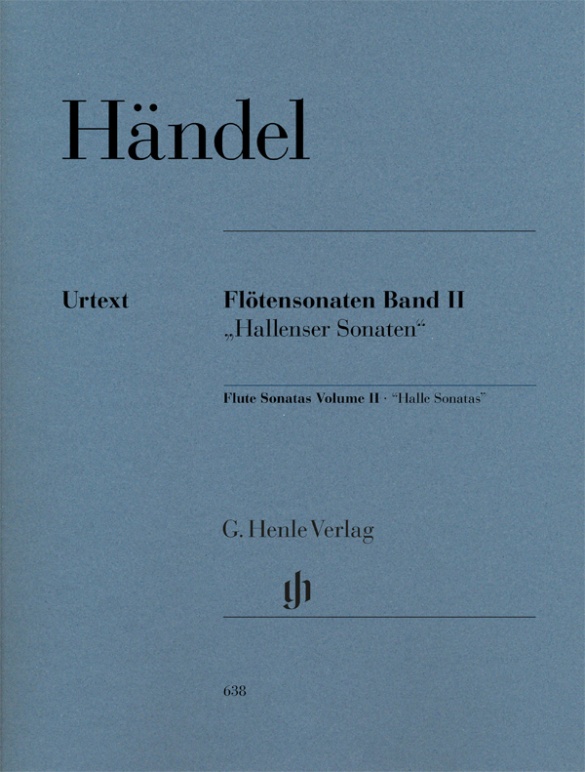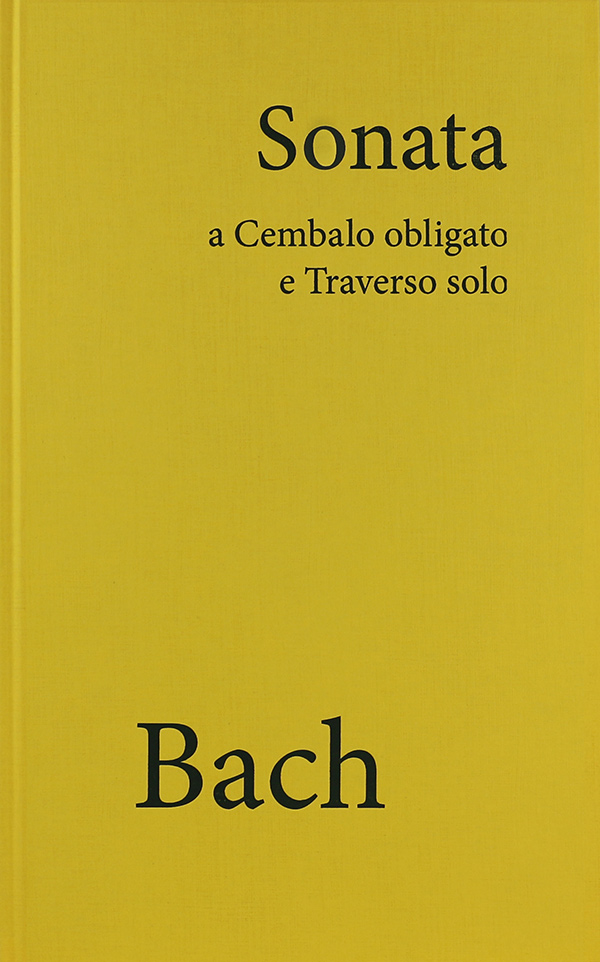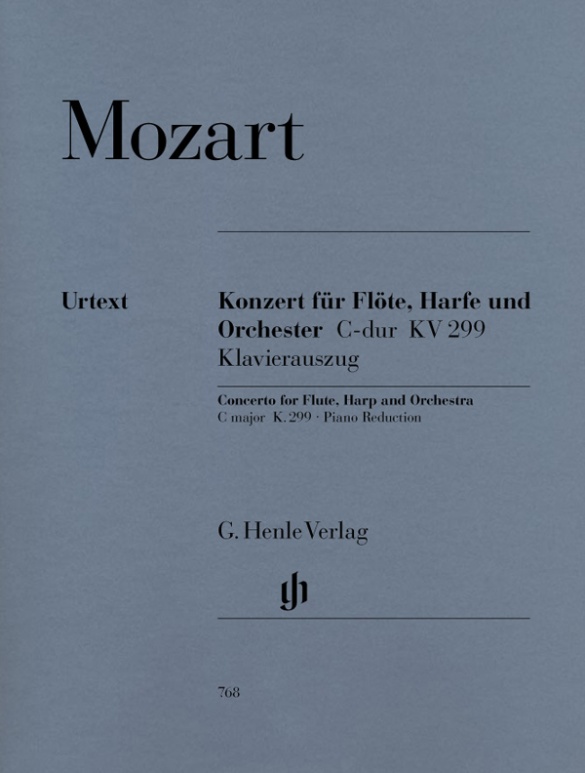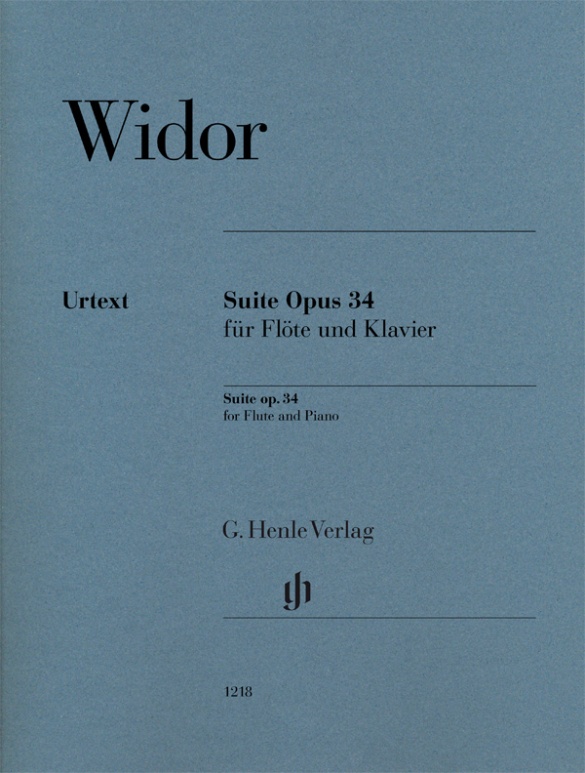

Charles-Marie Widor
Suite op. 34 for Flute and Piano
The name Widor is so closely associated with music for the organ that his many compositions for other instruments can easily be overlooked. The Suite for Flute and Piano, presumably composed in 1877, stands out amongst chamber music works on account of the wealth of expressive and tonal nuances.
The late Romantic work is specially tailored to the possibilities of the flute; and it is no accident that it was dedicated to the most important French flautist and flute teacher of the time, Paul Taffanel, who gave its first performance in 1884. From the very beginning the four-movement Suite has been very popular and now belongs to the core repertoire for flute and piano.
Content/Details
About the Composer
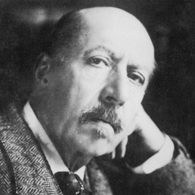
Charles-Marie Widor
A French composer and organist, whose compositional and performing legacy founded the French Romantic school of organ playing. The composition of his works is inextricably linked with the innovations of organ builder Aristide Cavaillé-Coll, who expanded the tonal capabilities of the instrument many times over. As well as important organ works he wrote orchestral music, masses, and chamber music.
| 1844 | Born in Lyon on February 21. |
| from 1848 | He receives his first musical instruction from his father. |
| 1863 | In Brussels he takes private lessons with Jacques-Nicolas Lemmens (organ) and François-Joseph Fétis (composition). |
| from 1865 | He gives concerts abroad, meeting important figures such as Rossini, Franck, Liszt, and Meyerbeer. |
| 1870–1934 | Titular organist at Saint-Sulpice in Paris. The tonal possibilities of the Cavaillé-Coll organ there have a significant influence on his compositional output. |
| 1879 | The Organ Symphony No. 5 in F minor, op. 41 no. 1, is written and premiered the same year. Today it numbers among the most famous works of organ literature. |
| 1890 | On November 25 he takes over the organ class at the Paris Conservatoire. |
| from 1896 | He teaches composition at the Conservatoire. Marcel Dupré, Nadia Boulanger, Louis Vierne, and others are among his pupils. |
| 1910 | He becomes a member of the Académie des Beaux-Arts. |
| from 1914 | He is named secrétaire perpétuel. |
| 1927 | He concludes his teaching activity at the Conservatoire on October 1. |
| 1937 | Dies in Paris on March 12. |
About the Authors

Ernst-Günter Heinemann (Editor)
Dr. Ernst-Günter Heinemann, born in 1945 in Bad Marienberg (Westerwald), completed his schooling in Gießen and read musicology, philosophy and German in Marburg and Frankfurt/Main and also for some time Protestant church music. He did his doctorate on “Franz Liszts geistliche Musik. Zum Konflikt von Kunst und Engagement”.
From 1978–2010 Heinemann worked as an editor at G. Henle Publishers (in 1978 in Duisburg, from 1979 onwards in Munich). He edited a great many Urtext editions for the publishing house, including “Das Wohltemperierte Klavier”, Volume 1 by Bach and all of Debussy’s piano works. In addition, he wrote essays on Debussy, Grieg, Liszt, Mendelssohn and questions concerning general editing, as well as giving seminars on editorial practice for musicology students in Munich.

Klaus Schilde (Fingering)
Prof. Klaus Schilde, born in 1926, spent his childhood in Dresden. There he was greatly influenced by Walter Engel, who taught him the piano (Kodaly method), composition and violin. From 1946–1948 he studied at the music conservatory in Leipzig with Hugo Steurer. After moving to the west in 1952 he studied with Walter Gieseking and Edwin Fischer, as well as with Marguerite Long, Lucette Descaves and Nadia Boulanger in Paris.
Schilde won numerous prizes. From 1947 onwards he gave concerts as a soloist and chamber musician on almost every single continent with renowned orchestras. He taught at the music conservatories in East Berlin Detmold, West Berlin, Munich, Tokyo (Geidai) and Weimar. From 1988–1991 he was President of the Staatliche Hochschule für Musik und Theater in Munich, where he also taught for decades as a professor. There are numerous radio and television broadcasts with Klaus Schilde as well as CD recordings. Schilde has contributed fingerings to almost 100 Henle Urtext editions.
Prof. Klaus Schilde passed away on 10 December, 2020.
Product Safety Informations (GPSR)
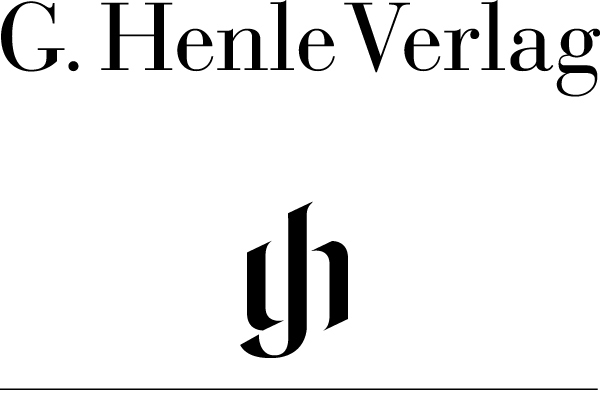
G. Henle Verlag
Here you can find the information about the manufacturer of the product.G. Henle Verlag e.K.
Forstenrieder Allee 122
81476 München
Germany
info@henle.de
www.henle.com
Der Henle Verlag legt eine Neuausgabe der Suite von Charles Marie Widor vor, die sehr zu begrüßen ist. (...) Das leidige Problem des Blätterns im vierten Satz ist bestens gelöst durch eine weitere Seite zum Ausklappen.
nmz, 2016Da die handschriftliche Quelle fehlt, bildet die überarbeitete Fassung die Quelle für die Urtextausgabe bei Henle. Sie bereichert die Palette der bisherigen Editionen auch durch ihre Gestaltung, so ist zum Beispiel der Notendruck übersichtlich und gut lesbar, ausserdem mit ausklappbaren Seiten erweitert, um "gutes Blättern zu ermöglichen" wie der Verlag schreibt.
Schweizer Musikzeitung, 2015Die ansprechende, musikwissenschaftlich aufgearbeitete Neuausgabe des Henle-Verlages lässt wenig Wünsche offen. Sie bietet ein gutes Vorwort und angehängten kritischen Bericht, einen klaren Notensatz auf schönem Papier, eine Solostimme zum Ausklappen ohne Wendestellen, Fingersätze für die Klavierstimme und vor allem eine hervorragende, anspruchsvolle spätromantische Komposition, die in beiden Stimmen gleichermaßen ausgearbeitet ist und viel Raum für fantasievolle Interpretationen lässt.
Tibia, 2015Die Urtext-Ausgabe aus dem Henle-Verlag überzeugt durch ein gut lesbares Notenbild, und in der Solostimme bietet sie für den blättertechnisch nicht einfach umzusetzenden vierten Satz eine gelungene Lösung.
Das Liebhaberorchester, 2014Die Henle-Ausgabe bietet neben einem modernen und ansprechenden Notentext alles, was man von einer Urtext-Ausgabe erwarten darf: schönes Layout, ein ausführlicher Kritischer Bericht und ein informatives Vorwort, das die Neugierde auf Widors übrige Kammermusik zu wecken versteht.
Ensemble, 2014recommendations
autogenerated_cross_selling
Further editions of this title


